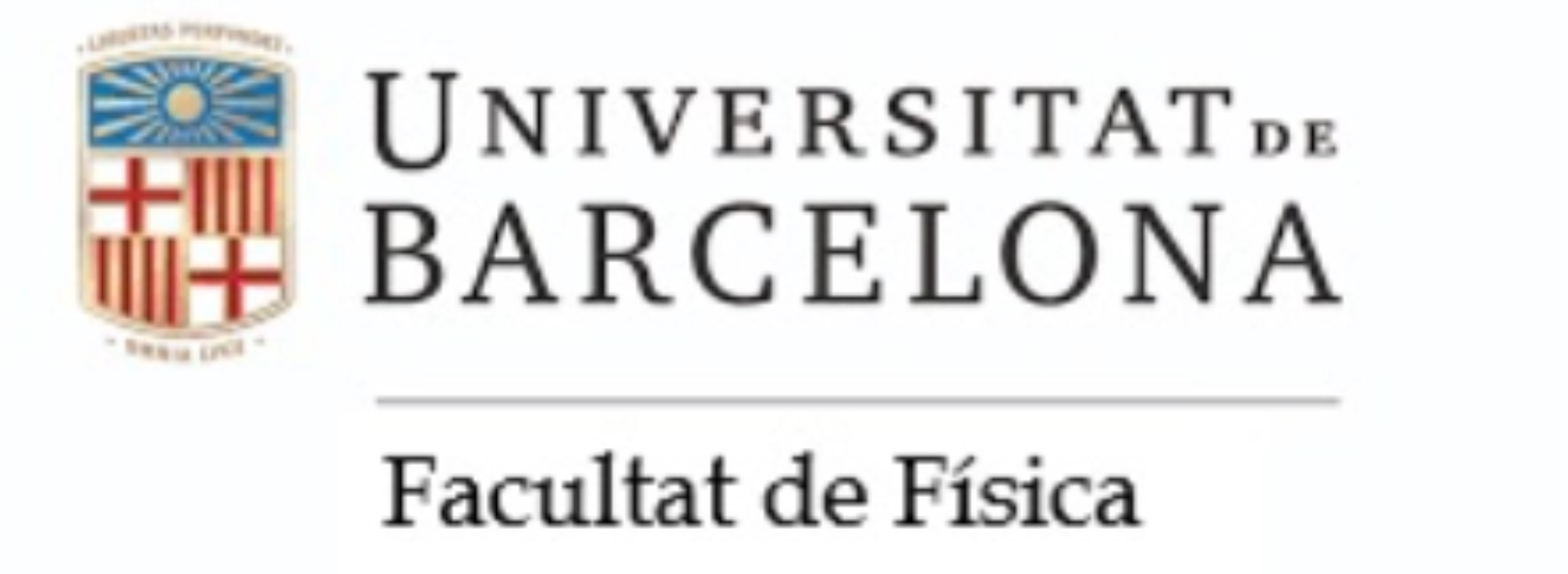
Social relationships characterize the interactions that occur within social species and may have an important impact on collective animal motion. Here, we consider some variations of the standard Vicsek model for collective motion to incorporate social influence. The main assumption of the Vicsek and other similar models of collective motion is that particles tend to orient their velocity parallel to the average velocity in a local neighborhood, independently of their identity, leaving aside the fact that real interactions between moving animals can be more intricate. By incorporating interactions mediated by an empirically motivated scale-free topology that represents a heterogeneous pattern of social contacts, we observe that the degree of order of the model is strongly affected by network heterogeneity: more heterogeneous networks show a more resilient ordered state; while less heterogeneity leads to a more fragile ordered state that can be destroyed by sufficient external noise.
Another important aspect of collective animal motion is the existence of behavioral changes at the individual level, which may by transmitted to the group, triggering intermittent collective rearrangements or even phase transitions at the macroscopic level. We examine avalanching behavior in the collective motion of flocks where a single individual has a long range orientational contagion effect over the rest of individuals. We observe that the response of the flock to changes in the direction of motion of such individuals shows an intermittent avalanche-like behavior, characterized by sudden reorientations of the trajectories of groups of individuals. We show that the distribution of avalanche sizes and durations show scale-free signatures in analogy with self-organized critical processes. The results obtained appear to be in fairly good agreement with recent experimental results characterizing collective evasion in schooling fish. Yet, more empirical data are needed to obtain a better understanding of the patterns of collective rearrangements in other flocking systems, where individual differences and/or social interactions may have an important effect.
References:
M.C. Miguel, J.T. Parley & R. Pastor-Satorras
Phys. Rev. Lett. 120, 068303 (2018)
Scalar model of flocking dynamics on complex social networks
M.C. Miguel & R. Pastor-Satorras
Phys. Rev. E 100, 042305 (2019)
In collaboration with:
Javier Cristín
J. Múgica
Jack T. Parley
Romualdo Pastor-Satorras
